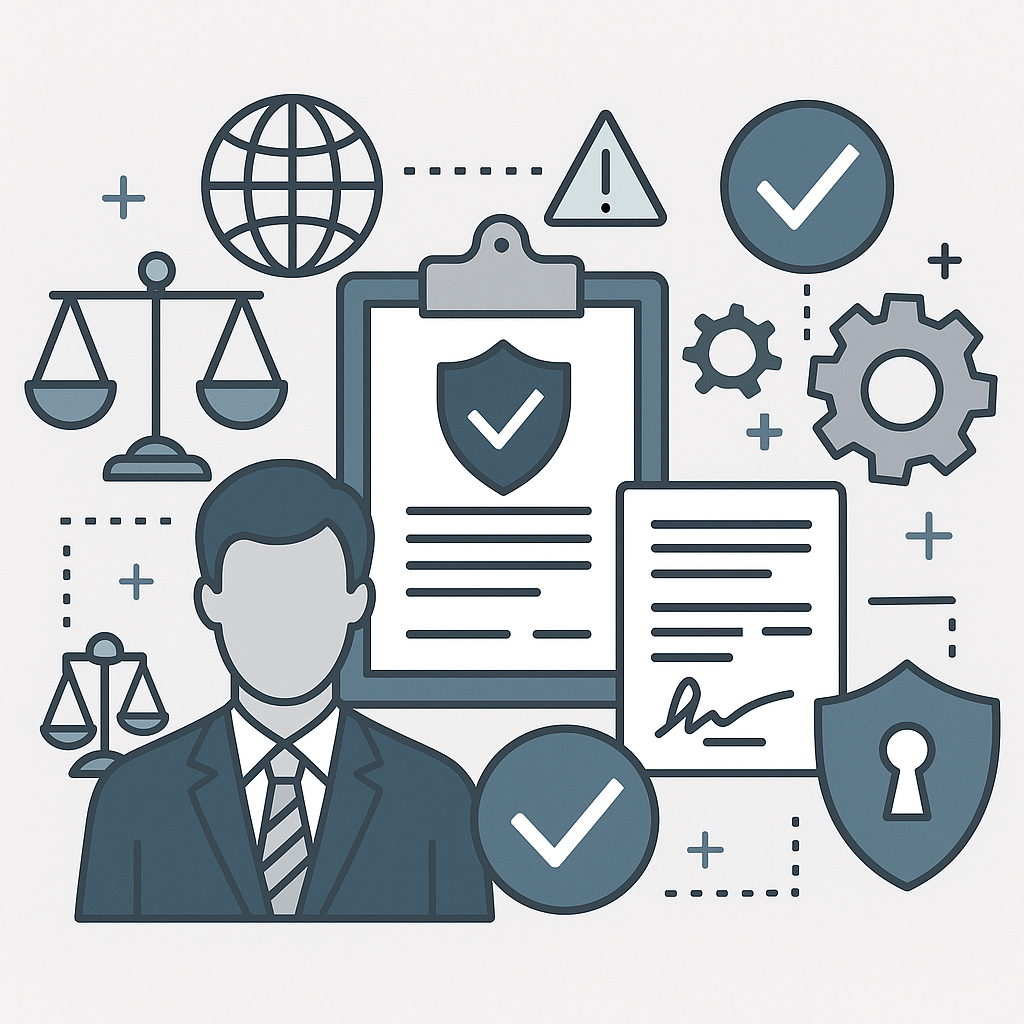In the immediate aftermath of an accident, emotions are high, and priorities often shift to addressing immediate concerns such as safety and health. Yet, one critical aspect is often overlooked in the chaos after such incidents—thoroughly documenting your injuries. Consulting Santa Fe personal injury attorney can help ensure that all necessary details are captured effectively. While it may seem tedious amid the turmoil, keeping detailed records of your injuries can be pivotal in securing the compensation you deserve and ensuring your legal case is strong.

Why Documentation Matters
When it comes to personal injury claims, documentation serves as the backbone of your case. It provides a comprehensive picture of the incident, establishing a clear nexus between the accident and your injuries.
This is incredibly important, as insurance companies and opposing legal teams will scrutinize every detail, often looking for inconsistencies or opportunities to deny or reduce your claim. Proper documentation serves as indisputable evidence, reinforcing your position and enhancing the credibility of your account.
Building a Strong Foundation
The foundation of any successful injury claim is a well-documented account of injuries sustained. This begins with immediate medical attention, which addresses your health concerns and creates an official record of your injuries. A visit to the emergency room or a consultation with your doctor should be followed by detailed notes on your symptoms, treatments, and any prescribed medications.
Furthermore, maintaining a personal injury journal can significantly bolster your case. This journal should include the daily impact of your injuries—such as pain levels, emotional distress, and any limitations on your daily activities. By providing a chronological account of your recovery process, this document becomes a powerful tool in illustrating the true extent of your suffering.
What to Document
To build a compelling case, it’s essential to document various aspects comprehensively:
- Medical Reports: Gather all medical records of your injuries, including X-rays, MRIs, and CT scans. These documents provide concrete evidence of the nature and severity of your injuries.
- Photographic Evidence: Capture photographs of visible injuries and the accident scene. These images vividly illustrate the physical harm suffered and the accident’s context.
- Witness Statements: Collect statements from witnesses who can corroborate your events. Their accounts can add credibility and reinforce your claims.
- Medical Bills and Receipts: Keep thorough records of all medical expenses incurred, including hospital visits, prescription medications, and rehabilitation costs. These documents are crucial in calculating the financial impact of your injuries.
- Correspondence Records: Maintain records of all communications with insurance companies, medical professionals, and legal representatives, including emails, letters, and phone call logs.
The Role of Technology
In today’s digital age, technology offers several tools to simplify and enhance documentation. Mobile apps designed for personal injury documentation can help you systematically record medical visits, expenses, and symptoms. These platforms often allow for the secure storage and easy sharing of documents, ensuring that your lawyer can access all pertinent information when needed.
Additionally, cloud storage solutions provide a reliable way to back up critical documents and photographs. This ensures that vital information won’t be lost due to hardware failures or misplaced files.
Avoiding Common Pitfalls
While documenting your injuries is crucial, it’s equally important to avoid common pitfalls that can undermine your case. One such mistake is delaying medical treatment. This poses a risk to your health and provides grounds for the opposing party to argue that your injuries were not severe or directly caused by the accident. Consulting experienced SF injury lawyers can help you navigate these issues effectively in a challenging situation.
Another common error is underestimating the value of minor injuries. Even seemingly insignificant injuries can have long-term consequences, and failing to document them can result in inadequate compensation. Always report all injuries, no matter how trivial they may appear initially.
Furthermore, avoid making statements that could be used against you. This includes social media posts that might be interpreted as downplaying your injuries or suggesting you have resumed normal activities too soon.
Conclusion
The importance of meticulously documenting your injuries following an accident cannot be overstated. Creating a comprehensive record safeguards your health and strengthens your legal position, paving the way for a successful claim. Remember, the details you document today can have lasting implications on your ability to secure the compensation you deserve. Therefore, prioritize this crucial step and consult a legal professional to ensure your documentation strategy is robust and effective.






